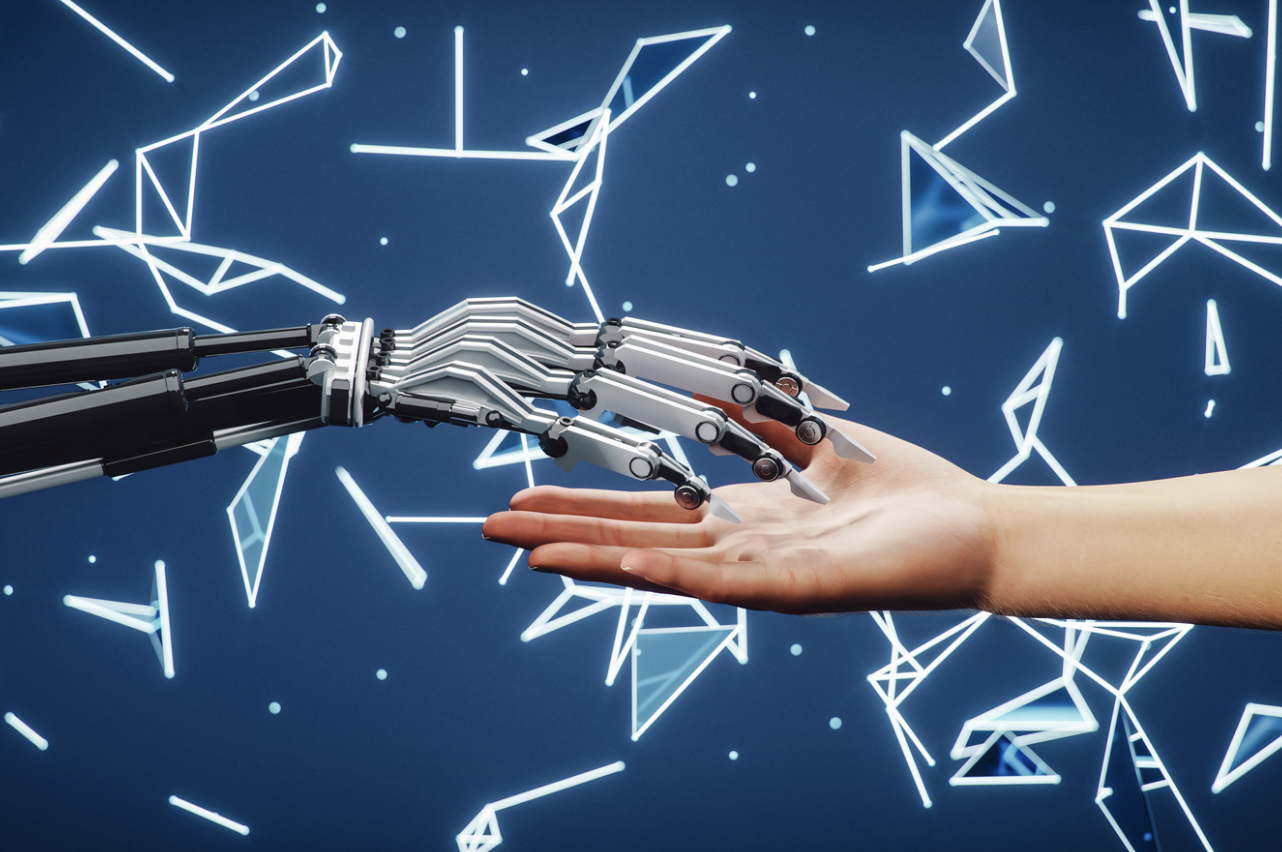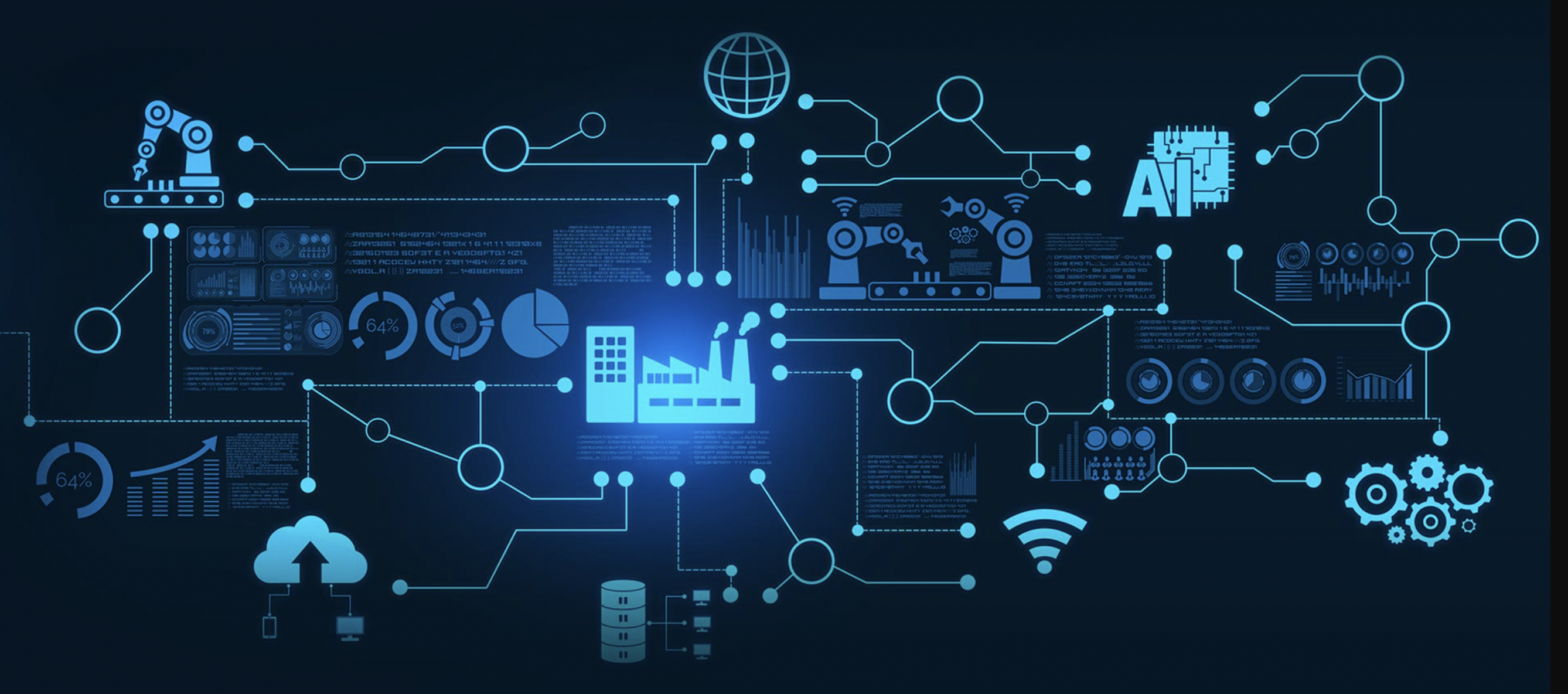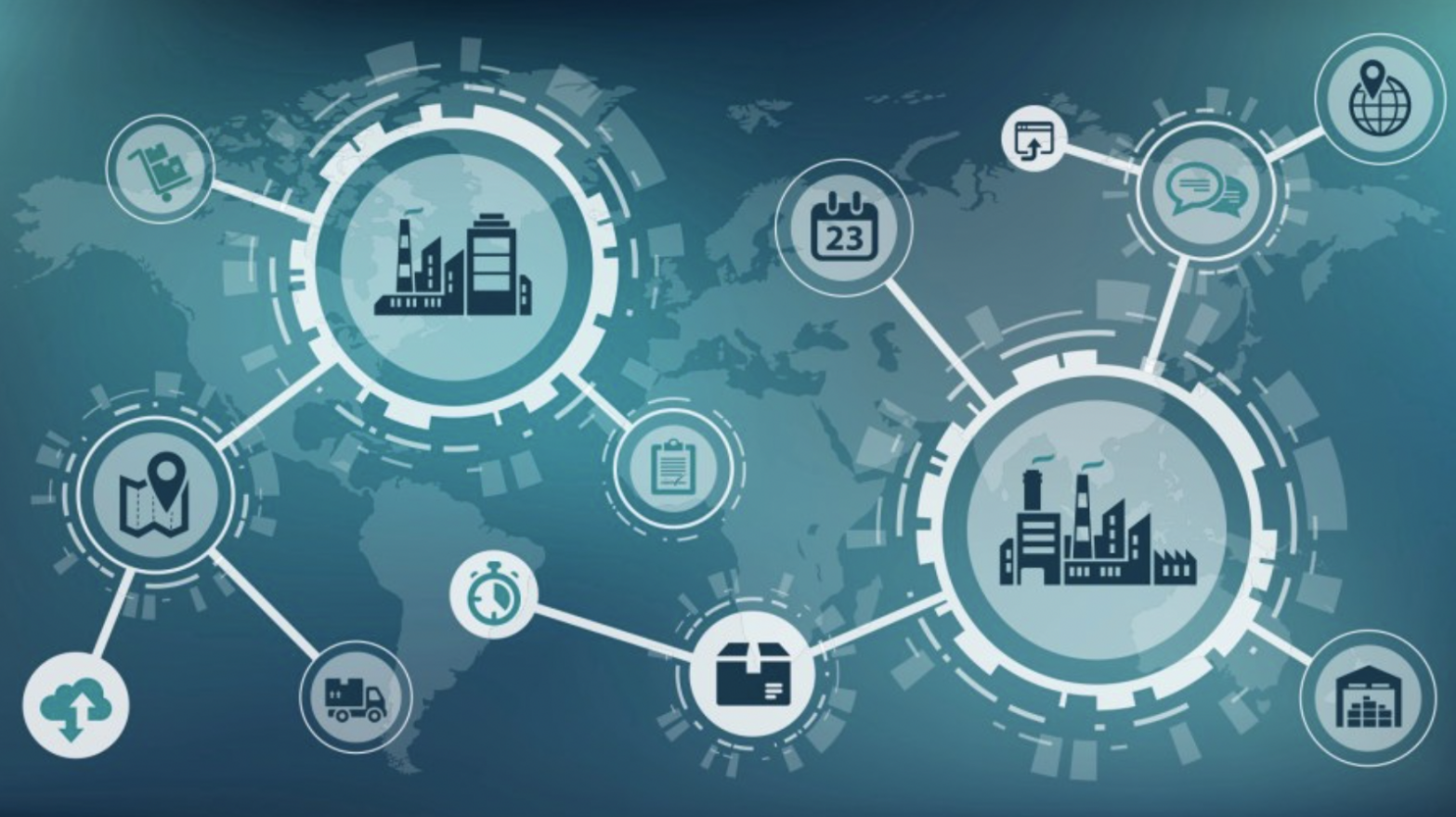RPA’s Positive Impact on Workforce Morale in 2024
The Positive Impact of RPA on Employee Satisfaction
As we journey deeper into 2024, Robotic Process Automation (RPA) continues to transform workplaces, not just through increased efficiency and cost savings, but also by enhancing employee satisfaction. This shift is pivotal as organizations recognize that the benefits of RPA extend beyond the balance sheet to affect the very heart of the workplace: its people.
Freeing Up Human Potential
One of the primary ways RPA boosts employee satisfaction is by automating mundane and repetitive tasks. This shift allows employees to engage in more meaningful and strategic work, which is inherently more satisfying and stimulating. In industries ranging from finance to healthcare, RPA is taking over tasks such as data entry, transaction processing, and scheduling, freeing human workers to focus on creative and problem-solving activities. This not only enhances job satisfaction but also encourages a more dynamic skill set development among the workforce.
Creating a Supportive Work Environment
RPA also contributes to a more supportive work environment by reducing the chances of burnout. The automation of routine tasks lessens the workload on human employees, which can decrease stress and prevent the feelings of being overwhelmed that often lead to burnout. Furthermore, RPA can lead to more structured workflows and fewer errors, creating a more predictable and less chaotic work environment.
Enhancing Career Development Opportunities
The deployment of RPA technologies encourages companies to invest in their employees’ skills development. As routine tasks are automated, the focus shifts to more complex and technologically advanced roles within organizations. This fosters an environment of continuous learning and improvement, which is highly valued by employees. Programs for upskilling and reskilling become common, offering staff the opportunity to enhance their employability and advance their careers within the organization.
RPA’s Role in Employee Engagement
In addition to relieving employees from tedious tasks and providing upskilling opportunities, RPA can directly enhance employee engagement. Tools that automate communication and feedback processes ensure that employees feel heard and valued. This includes automated surveys, feedback tools, and digital platforms that facilitate more frequent and constructive interactions between staff and management.
Addressing the Challenges
Despite these benefits, the integration of RPA into daily work routines can also present challenges. The fear of job displacement can create initial resistance and anxiety among staff. However, forward-thinking companies address these concerns through transparent communication and by involving employees in the RPA deployment process. This approach not only mitigates fears but also allows employees to actively shape their interactions with these new digital coworkers.
As RPA becomes a staple in modern enterprises, its impact on employee satisfaction is becoming increasingly apparent. By automating routine tasks, providing opportunities for career advancement, and enhancing workplace support, RPA is proving to be an invaluable asset not just in operational efficiency but in fostering a motivated and satisfied workforce. The future of work is not just about the technology we use, but about how we use technology to uplift and empower those who use it.










